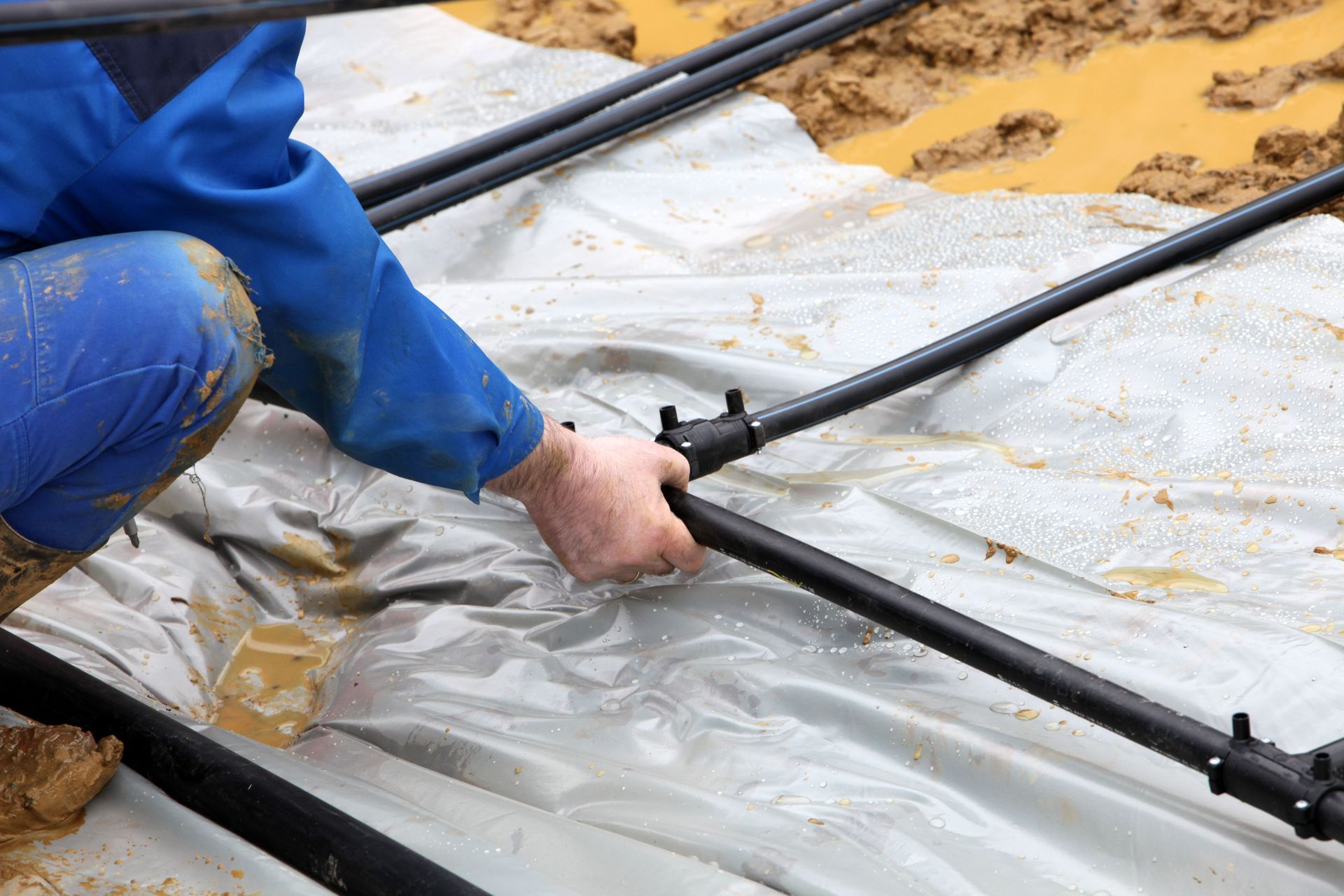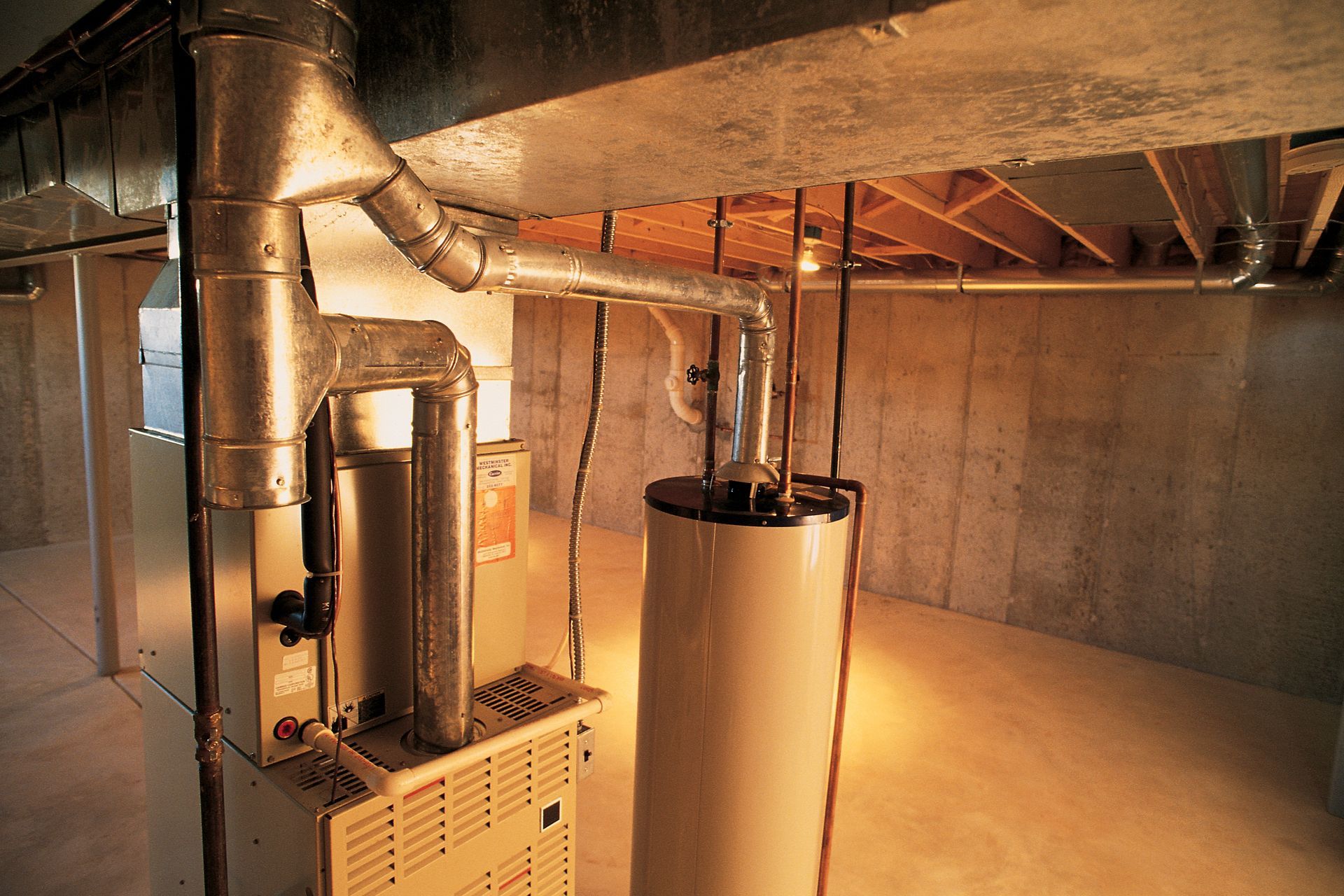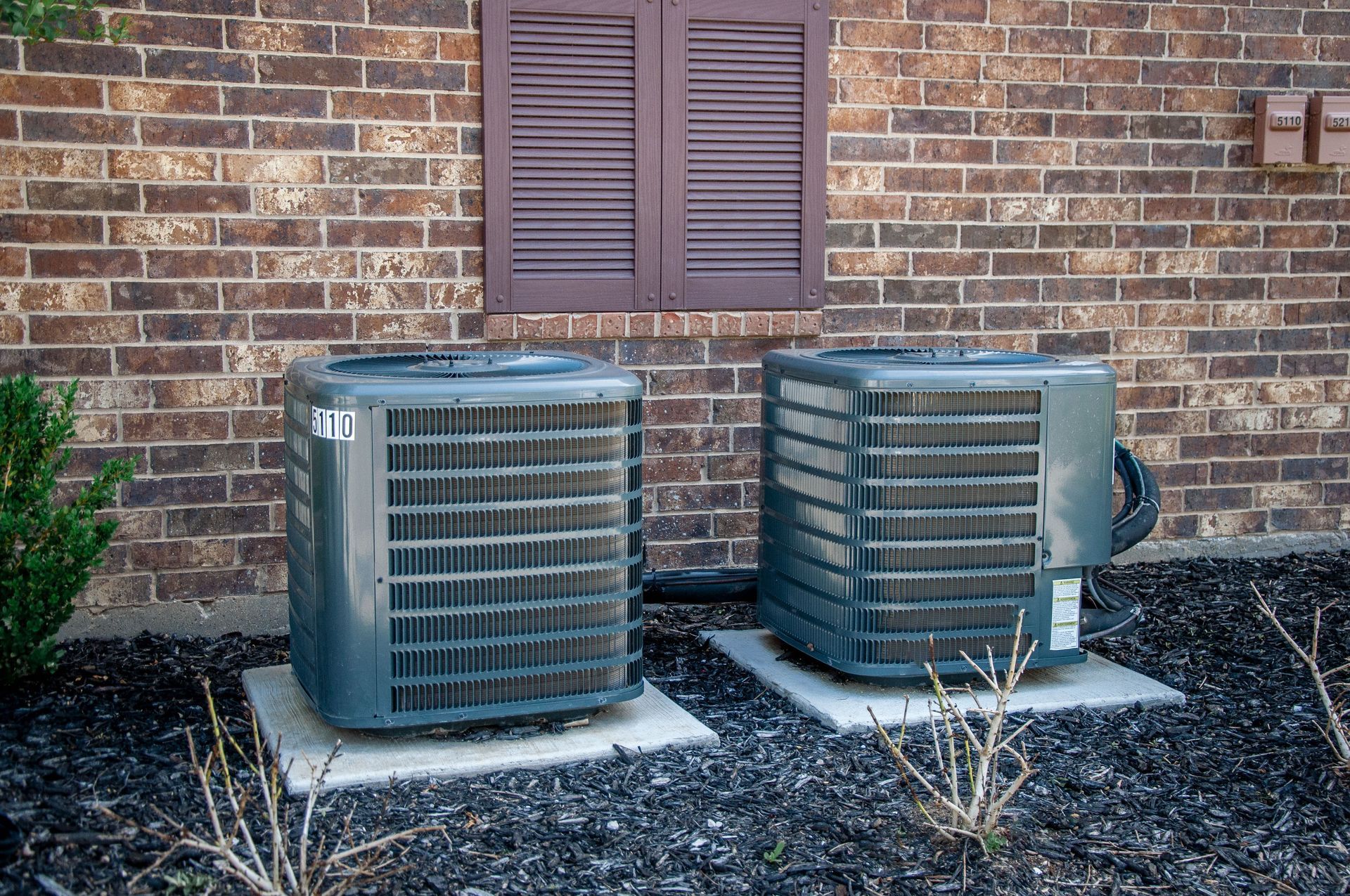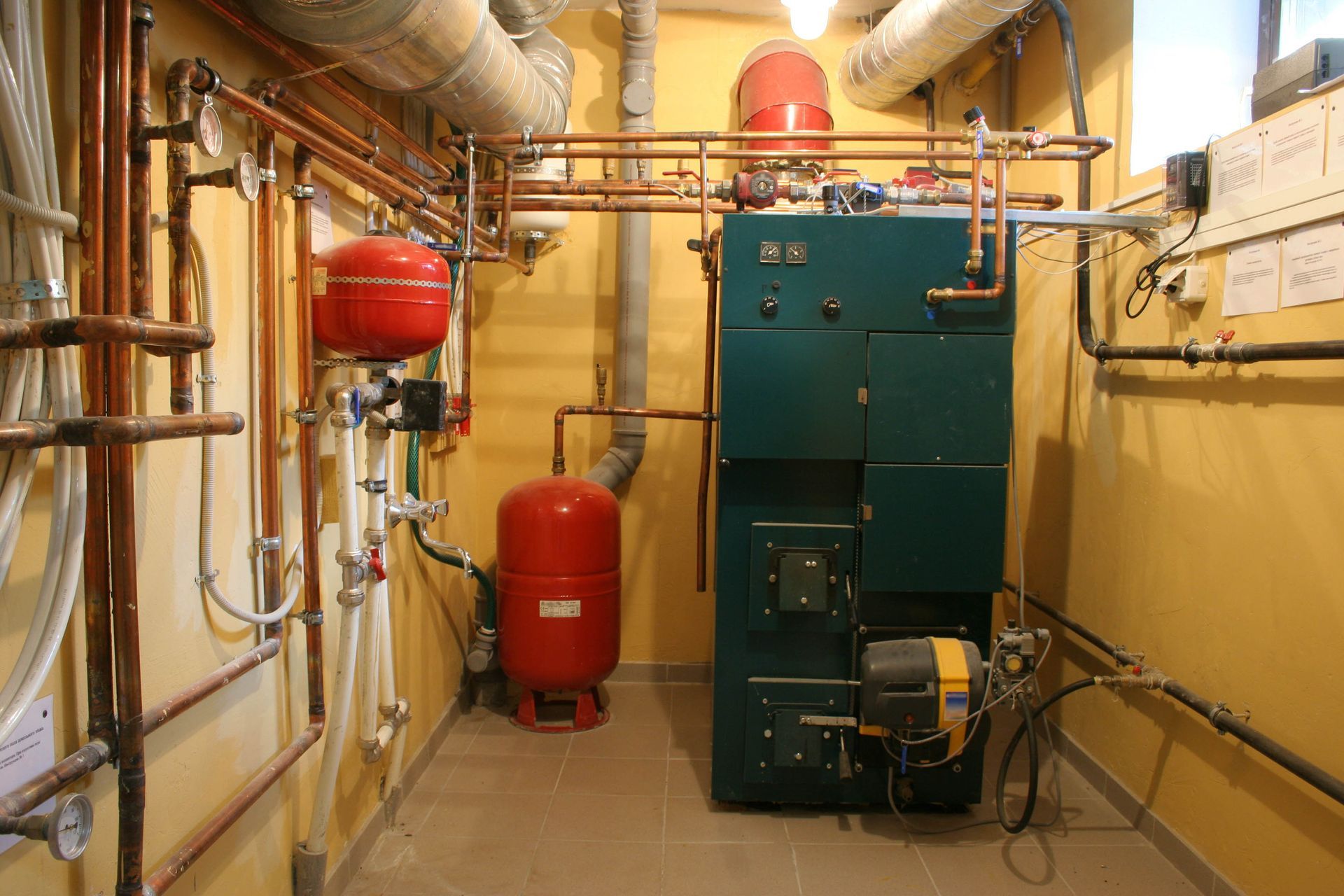Things You Should Know about Geothermal Heating and Cooling
Geothermal heating and cooling is an efficient technology that uses the Earth's natural heat to regulate indoor climates. As an environmentally friendly alternative to conventional systems, understanding its benefits, functionality, and implementation helps homeowners make informed decisions. This article explores key aspects of geothermal systems that everyone should know, including their environmental impact, long-term savings, and efficiency advantages over traditional systems.
The Basics of Geothermal Heating and Cooling
What is Geothermal Energy?
Geothermal energy is a renewable energy source obtained from the heat stored beneath the Earth's surface. The Earth’s core produces immense heat, which can be harnessed for heating and cooling purposes. Geothermal systems are unique because they tap into this natural, stable heat source, providing consistent energy without relying on fossil fuels. Unlike fossil fuels, geothermal energy is sustainable and provides a continuous, renewable source of energy with minimal environmental impact. As a result, it is becoming a favored choice for homeowners seeking green, renewable energy solutions.
How Geothermal Systems Work
Geothermal systems operate using heat pumps that exchange heat with the ground, which remains at a stable temperature just a few feet below the surface throughout the year. In winter, the system extracts heat from the ground and pumps it into the home. In summer, it works in reverse by removing heat from the home and transferring it back into the ground. According to the U.S. Department of Energy, 88% of homes in the United States have air conditioning, and 66% have central systems, so this is important to know if your home has one of these systems. This process of heat transfer is much more efficient than traditional heating and cooling systems, which rely on burning fuel or consuming large amounts of electricity.
Types of Geothermal Heating and Cooling Systems
There are several types of geothermal systems designed to fit different property sizes and landscapes. Horizontal systems are commonly used on properties with ample land, where pipes can be buried in shallow trenches. Vertical systems are more suitable for smaller properties or where land is limited, as they involve deeper boreholes. Pond or lake systems use large water bodies as a heat source, while open-loop systems draw water from wells or aquifers for temperature exchange. The best system depends on the geographical location, the size of the property, and the local climate conditions.
Why Choose Geothermal?
Geothermal systems are highly energy-efficient and have several long-term benefits. They not only reduce your reliance on traditional heating fuels but also help to lower your home’s carbon footprint. The initial installation cost is typically higher than conventional systems, but the substantial energy savings over the years offset this investment. Geothermal systems are known for their longevity and reliability, lasting much longer than traditional HVAC systems, which contributes to significant long-term savings and environmental benefits.
Benefits of Geothermal Systems
Energy Efficiency
Geothermal systems are among the most energy-efficient heating and cooling options available. For every unit of electricity used to run the system, it can provide four or more units of heating or cooling. This is a significant increase in efficiency compared to conventional systems, which rely on burning fuel or consuming large amounts of electricity. The U.S. Department of Energy has reported that geothermal heat pumps can reduce energy consumption for heating and cooling by up to 70%, providing significant savings over time.
Environmental Impact
One of the most important advantages of geothermal systems is their positive environmental impact. Traditional heating and cooling systems are often powered by fossil fuels, which release harmful emissions into the atmosphere. In contrast, geothermal systems harness clean, renewable energy from the Earth’s heat, significantly reducing carbon emissions and greenhouse gases. By choosing geothermal, homeowners can dramatically reduce their environmental footprint while still maintaining comfortable indoor temperatures year-round.
Cost Savings
While the initial investment in geothermal systems can be higher than traditional systems, the long-term savings are significant. These savings are due to the system’s high energy efficiency and lower operating costs. Furthermore, geothermal systems require very little maintenance, which reduces ongoing costs associated with repairs and replacements commonly needed for conventional HVAC systems. Over time, the savings on energy bills and maintenance costs make geothermal a smart financial choice.
Versatility and Applications
Geothermal systems are versatile and can be used in a variety of applications. They are suitable for both residential and commercial properties and can provide both heating and cooling. Additionally, geothermal systems can also be used to supply hot water, which increases their efficiency and practicality. The adaptability of geothermal systems makes them a great option for properties of all sizes, from small homes to large commercial buildings, and they can be used in any climate.
Installation Process
Site Assessment
Before installing a geothermal system, a comprehensive site assessment is conducted. This involves evaluating the soil conditions, land availability, and local climate to determine the most suitable system type. The site assessment also includes checking for groundwater accessibility and determining the optimal placement of the loop fields to ensure maximum efficiency.
System Design
After the site assessment, the system design phase begins. Engineers design the geothermal system based on the specific needs of the property, ensuring that the loop field layout and heat pump specifications are tailored for the best performance. Custom designs ensure the system will be optimized for energy efficiency and comfort.
Drilling and Loop Installation
The drilling and loop installation process is critical to the effectiveness of the system. This phase involves drilling holes or trenches to lay the underground loops that will facilitate the heat exchange. The size and depth of the loops depend on the type of system chosen and the available space.
Connecting to Home Utilities
Once the loops are installed, the geothermal heating and cooling pump is connected to the home’s existing systems. This integration ensures that the geothermal system works seamlessly with the home’s ductwork and plumbing, providing efficient climate control and water heating.
Testing and Commissioning
The final phase involves rigorous testing and commissioning to ensure that the system is working correctly. Technicians perform tests to check for leaks, verify temperature settings, and confirm that the system is operating efficiently. Once everything is functioning as expected, the system is officially commissioned and ready for use.
Cost Considerations
Initial Investment
The initial cost of a geothermal system can be higher than traditional HVAC systems, but the long-term savings on energy and maintenance often make it a worthwhile investment. Several factors influence the installation cost, including the system type, property size, and installation complexity.
Maintenance Costs
Geothermal systems require less maintenance than conventional HVAC systems. With fewer moving parts and a longer lifespan, geothermal systems are built to last. Regular maintenance typically includes checking the heat pump and ensuring the antifreeze solution levels are correct, but the need for repairs is minimal.
Future Trends and Innovations
Technological Advancements
Advancements in geothermal technology continue to improve efficiency and reduce costs. New materials and innovations in heat pump design are making systems more efficient and easier to install. These improvements contribute to the growing popularity of geothermal systems as a reliable and sustainable energy solution.
Increasing Accessibility and Affordability
As technology advances, the cost of installing geothermal systems continues to decrease, making them more affordable for homeowners. Additionally, increasing government support for renewable energy makes geothermal an increasingly viable option for homeowners looking to reduce their carbon footprint and energy bills.
Geothermal heating and cooling offers an energy-efficient, environmentally friendly, and cost-effective alternative to traditional systems. By understanding its benefits, installation process, and long-term savings, homeowners can make informed decisions about investing in this sustainable technology. As the demand for renewable energy continues to grow, geothermal systems are poised to play a key role in the future of home energy management and environmental conservation. Looking for geothermal heating and cooling? Call Golden Days Heating & Cooling.







Share On: